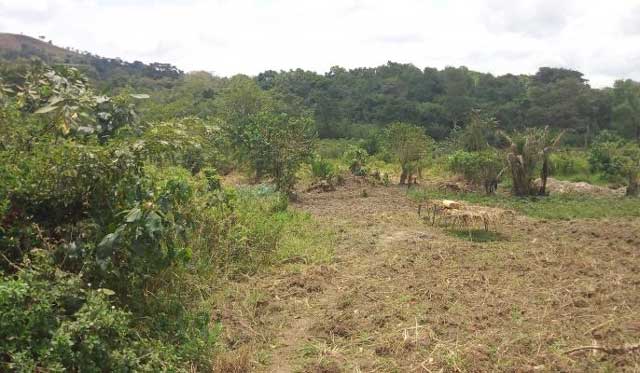
Kampala, Uganda | THE INDEPENDENT | Efforts to recover the lost forest coverage in Uganda through massive reafforestation and afforestation must be paying off as the national forest coverage has slightly improved for the first time in 30 years, according to the National Forest Authority (NFA).
The NFA Executive Director Tom Obong Okello disclosed this development during an interview told Uganda Radio Network – URN.
He noted that the grim picture is turning to the bright side as they have recorded a percentage increase of 12.4 percent between 2016 and 2019. Okello says that the achievement means that they have been able to halt deforestation from exceeding afforestation.
In the previous years, the Ministry of Environment and Water and NFA working with environmentalists and Non-Government Organisations have championed a tree planting campaign and also intensifying chasing encroachers from forest reserves.
Okello observes that it is not yet good enough for the country to celebrate given the fact that forest depletion is still very high more in North and North East and West Nile parts of the country with logging, charcoal making and harvesting for firewood consuming more wooded area each year. He adds that in central and west the situation is fair with the expectation of Nakasongola district.
Another great concern is the rampant replacement of the natural forests with commercial tree species including eucalyptus and pine. Okello shares that the trend might be inevitable but still, there is a need to control the trend by limiting the plantation the said tree species in given areas.
He says that although some factors are uncontrollable due to the high population pressure to the forests, they have come up with a detailed plan to keep them in check. To this effect, he notes that the authority has tightened the grip on its officers who have been reportedly participating in illegal logging within forest reserves.
Given the fact that charcoal has been another great vice threatening the wood area, Okello shares that they are preparing a cabinet paper which will among other things ban the exportation of charcoal and also regulate the amount produced for internal use.
In the same development, the state minister for environment Beatrice Anwar notes that to make further impacts and restore more of the depleted forests, they need at least 20 billion shillings annually in the next five or six consecutive financial years.
Currently, there is a great concern due to the rate at which forests in Uganda have been depleted. Records from NFA indicate that the country is losing about 9,000 square hectares of forest cover every year to encroachers with the forest cover depleted to 8 percent of land area up from 24 percent in the 1990s with tree numbers are continuing to decline, albeit at a slower rate, each year.
Although government gears towards recovering lost forest cover, in recent years several existing forests for example parts of Bugoma Central Forest Reserve in Hoima District, and Zoka Forest Reserve in Adjumani District have since been proposed to be degazetted for sugar cane growing.
According to 2011 conservative estimates by National Environment Management Authority-NEMA, Uganda’s forests are an important and treasured natural asset contributing about 8.7 percent to the national economy based in additional to multiple benefits including but not limited to environmental benefits, sustainable economic development and improve the quality of life of people across the country.
*******
URN
 The Independent Uganda: You get the Truth we Pay the Price
The Independent Uganda: You get the Truth we Pay the Price


